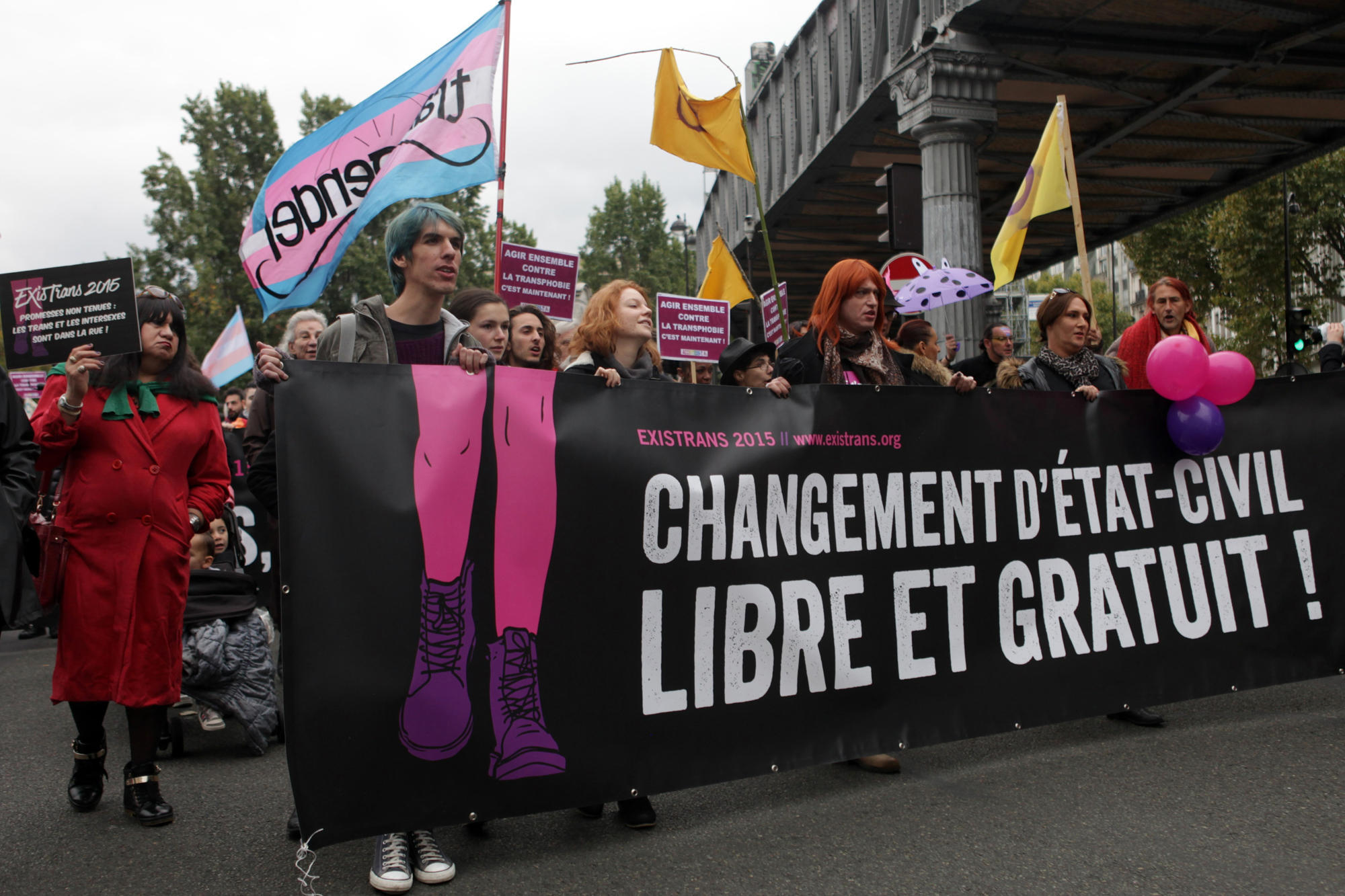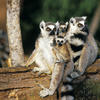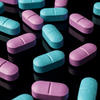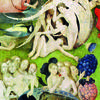You are here
How Many Sexes Are There?
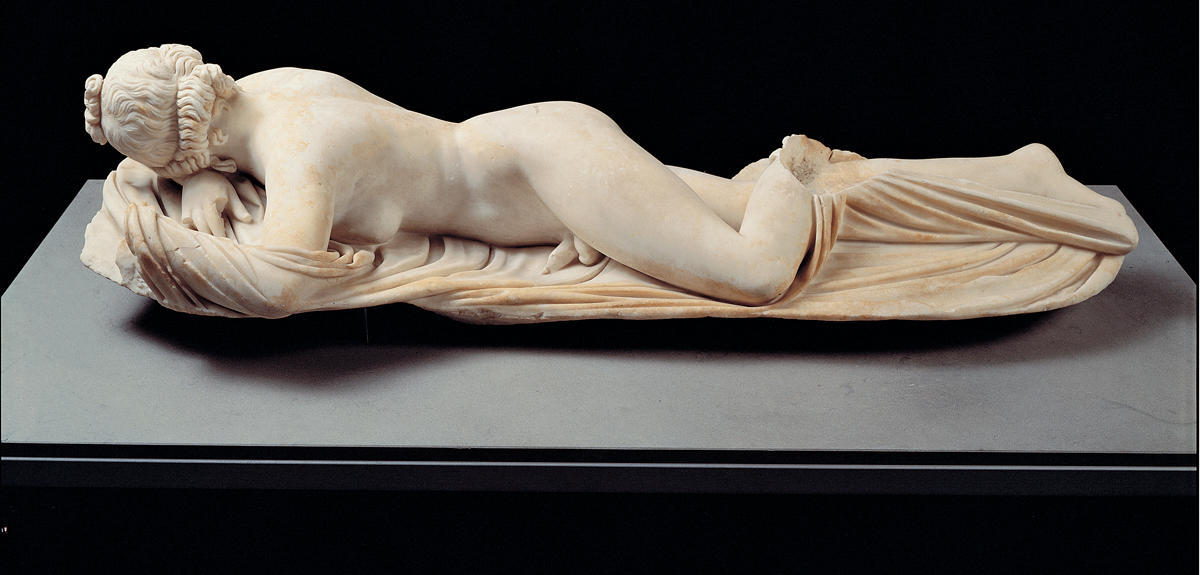
Whether swimming, running, rowing, jumping or throwing, 10,500 athletes from 206 countries will be bent on setting the world of sport alight at the Rio Olympics from August 5 to 21. Yet these Games could be marred by disputes over the sex of female competitors whose shoulders are just a touch too large or whose hips are a tad too narrow… Throughout the history of the Games, there has been a long list of sportswomen whose physical appearance is at odds with the standard canons of femininity. But what indeed constitutes a “real” woman in biological terms? The simple genetic formula “XX” with its two X chromosomes is only part of the story.
After grappling with this thorny question for many a long year, the governing bodies of sport, convinced that none of the femininity tests (gynecological examination, screening for certain genes, etc.) performed since the 1960s have been effective, decided in 2000 quite simply to end such controls. But gender verification did not end altogether, since the International Olympic Committee (IOC) retains the right to insist on hormone tests in cases of “visual doubt.” If such tests revealed excessive secretion of androgens (male hormones), particularly testosterone (which causes masculine traits to appear), the athlete concerned must take remedial steps, using hormone therapy for instance, to be eligible to line up against other female competitors.
A complex mechanism
So will these rules apply in Rio? This is by no means certain since Indian sprinter Dutee Chand, who was diagnosed as hyperandrogenic following gender testing and forced to withdraw from the 2014 Commonwealth Games, brought her case before the Court of Arbitration for Sport (CAS). “At the request of this body, the International Association of Athletics Federations (IAAF) decided to suspend the regulations governing hormonal tests for two years. And the IOC is known to rigorously adhere to the positions of the IAAF,” notes Anaïs Bohuon, senior lecturer at the UFR STAPS at Paris Sud University. “Many observers question whether testosterone levels can be used to set the dividing line between male and female gender and as a basis for requiring that female athletes with hyperandrogenism must ″normalize″ their hormone levels.1 Dutee Chand, who feels she is a woman in all respects and has no desire to compete with male athletes, has unusually high testosterone levels that occur endogenously and without doping. Why then should a natural advantage comparable with that of large feet in swimmers or a high waist in jumpers be labeled as non-femininity?”
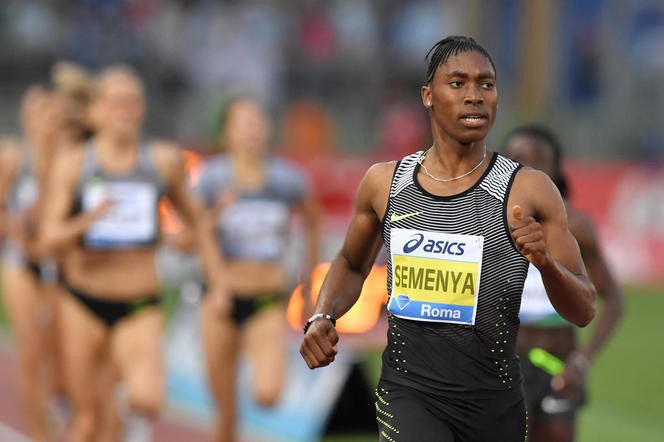
Intersex peopleFermerPeople in whom male and female sexual characteristics coexist and who do not appear to belong unequivocally to one gender or the other. Numerous types of intersex conditions exist, such as chromosomal, gonadic, hormonal, etc. such as Chand are at the same time a source of unease for sporting authorities and a source of interest for biologists. Intersex traits, which are described in numerous mammals,2 appear to occur in between 1% and 2% of humans at birth. It is in fact the extreme complexity of the mechanisms involved in determination of biological gender that inevitably causes wrong notes.
This is why millions of individuals do not conform to the two gender types that characterize the immense majority of humans, namely the female type (two X chromosomes, ovaries, anatomical features favoring pregnancy and fetal development, breasts, and so on) and the male type (one X and one Y chromosome, a penis and testicles, internal ducts for the transportation of urine and sperm, etc.).
The diversity of forms of sexual development and the atypical types that occur are striking, whether of chromosomal, hormonal or environmental origin (caused by chemical products that disturb the endocrine system or by drugs taken during pregnancy, for instance). “The most extreme signs of sexual development disorders are those known as ‘sex inversions:’ ‘XY’ women with undeveloped testicles, as well as a vagina and a clitoris, and ‘XX men’ with testicles and a penis,” explains Francis Poulat, of the IGH in Montpellier.3 “In all recorded cases, these people are sterile. Furthermore, there is a strong risk of tumors (gonadoblastomas) developing in their gonads (ovaries and testicles). In addition to these examples, there are many other intermediate phenotypes in which both male and female sexual characteristics coexist in the same individual. Thus, XX babies with congenital adrenal hyperplasia (androgenic hyperproduction) are born with female reproductive organs and masculinized external genitalia (a hypertrophied clitoris resembling a small penis, fusion of the labia majora covering the vaginal entrance).”
An almost unlimited number of sexes?
Whatever their origin, all of these anomalies show that intersex traits cover a vast range of biomedical conditions varying in frequency and severity, and that the precise number of different biological sexes among humans is in reality a complex issue. It is generally held that there are no simple answers to this question. Based on the sole criterion of production of reproductive cells, there are two and only two sexes: the female sex, capable of producing large gametes (ovules), and the male sex, which produces small gametes (spermatozoa).
However, this gonadic criterion (based upon reproductive glands) is not the only factor on which the definition of biological gender rests. We must also consider genetic sex (based on X and Y chromosomes), anatomical (based on the appearance of the genitalia), hormonal gender (based on the predominant hormones), and so on. Moreover, “each sexual parameter can have variants,” explains Éric Vilain, of the Epigenetics, Data & Politics Laboratory.4 For example, “XX/XY mosaics” are individuals with gonads comprising both ovaries and testicles. We may thus conclude that an infinite combination of biological genders exists... and thus, far more than the five sexesFermerIn the terminology in use at the time of publication, now outdated, the five sexes were: men, women, herms (for “true hermaphrodites”), ferms (for “female pseudo-hermaphrodites” with ovaries as well as certain features of the male genital apparatus), and merms (for “male pseudo-hermaphrodites” having testicles, but also more less feminized external genitalia). proposed by Anne Fausto-Sterling in the 1990s, which were in fact based primarily on a gonadic definition of gender.”
So is there really a practically unlimited number of biological sexes? Not according to Vilain, in any case: “intermediate states between the different biological sexes are extremely rare and often associated with infertility, which in evolutionary terms consigns them to a dead end,” says the researcher. “It is not reasonable to place the two biological sexes present in the vast majority of cases on the same level as the extremely rare intermediate sexes.”
For Thierry Hoquet, philosopher of science and professor at the Université Jean-Moulin Lyon 3, it is clearly impossible to deny “the reality of the ‘two sexes’ as evidenced by the binary nature of the gametes.” However, attempting to shoehorn all humans “into two hermetically sealed boxes (men and women)” is highly reductive at best and takes no account of biological realities.
Above all, “the major philosophical lesson to be drawn from intersex traits is that biological gender is acquired during development. In other words, the different levels of biological sex do not all fall into place at the same point in life. They occur around four key moments, namely fertilization (when chromosomal sex is determined), intra-uterine development (when gonophoric sex is established), birth (at which time the outer genitalia are examined to assign gender for civil status records) and puberty (when hormonal gender is affirmed); at each of these stages, processes potentially resulting in an ″intersex″ condition can occur.”
But why has biology taken all this time to finally recognize that the existence of multiple sexes is normal? The problem is that the study of the mechanisms of sex determination was long influenced by the “patriarchal ideology permeating the majority of societies,” suggests Joëlle Wiels, biologist and CNRS research director.5 “From the end of the 1950s to the early 1990s, biology, which is not—and will never be—a neutral field of knowledge, focused on the genes involved in the formation of the testes while completely ignoring those likely to play a role in development of the ovaries. Until recently, the overarching assumption was that babies are born as girls because they do not possess certain male genes, and that the Y chromosome play a crucial role in sex determination.”
Not a well-tolerated plurality
Indeed, the genetic processes involved in female development have been the subject of increasing numbers of studies, and biology, now less androcentric, recognizes multiple levels of gradation between the typical female form and the typical male form. However, many observers continue to view intersex as an error in nature, and even a pathological monstrosity.
Despite the mobilization of social movements (such as the feminist and the LGBT movements6), “this oddness continues to be poorly tolerated in the public opinion since categorization of gender into two distinct types (i.e., the division of humanity into two clearly defined and mutually exclusive sexes) has formed the cornerstone of social order for centuries,” says Pascale Molinier, Professor of social psychology at Université Paris 13, Sorbonne Paris Cité, and director of the UTRPP,7 a research unit that focuses on psychogenesis and psychopathology.“The desire to lump human beings categorically into two sexes at all costs has led to the constant recourse to weighty hormonal and surgical therapy from infancy onwards in order to ″correct″ subjects who are viewed as ‘neither one thing or another’ or ‘a bit of this and a bit of that,’ despite the criticisms levelled by certain intersex adults and some doctors against the policy of the scalpel that is synonymous with irreversible changes and physical and mental suffering.”
Although necessary where there is a risk, for example of gonad malformation degenerating into a cancerous tumor, “sexual re-assignation surgery for conditions that are not life-threatening results in physical mutilation in the name of the biologically questionable principle of strict duality,” concludes Pascale Molinier. “As always, the road to hell is paved with good intentions.”
- 1. According to Anaïs Bohuon, differences in testosterone levels between two men may exceed the differences between a man and woman, rendering the use of such levels as meaningless as the other tests. However, other observers, such as Éric Vilain, expert consultant to the IOC, insist on the relevance of analysis based upon testosterone levels.
- 2. For example, in cats, dogs, goats, horses, pigs, cows, etc.
- 3. IGH Institut de génétique humaine de Montpellier (CNRS).
- 4. Laboratoire Épigénétique, données, politique (CNRS Unit / University of California Los Angeles).
- 5. At the Laboratoire Signalisation, noyaux et innovations en cancérologie (Unité CNRS/Institut Gustave Roussy/Univ. Paris-Sud).
- 6. An acronym that stands for “lesbian, gay, bisexual and transgender” to which is now often added “I” for intersex people.
- 7. Unité Transversale de Recherche Psychogenèse et Psychopathologie (Université Paris 13).
Explore more
Author
Philippe Testard-Vaillant is a journalist. He lives and works in south-eastern France. He has also authored and co-authored several books, including Le Guide du Paris savant (Paris: Belin) and Mon corps, la première merveille du monde (Paris: JC Lattès).
To read / To see

Des sexes innombrables. Le genre à l’épreuve de la biologie, Thierry Hoquet, Le Seuil, coll. « Science ouverte », 2016. 256 p., 18 €
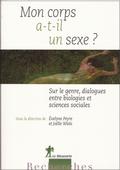
Mon corps a-t-il un sexe. Sur le genre, dialogues entre biologies et sciences sociales, Évelyne Peyre et Joëlle Wiels (dir.), La Découverte, coll. « Recherches », 2015, 360 p., 32 €

Mon corps a-t-il un sexe. Sur le genre, dialogues entre biologies et sciences sociales, Évelyne Peyre et Joëlle Wiels (dir.), La Découverte, coll. « Recherches », 2015, 360 p., 32 €
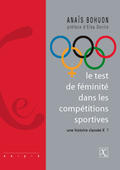
Le Test de féminité dans les compétitions sportives : une histoire classée X ?, Anaïs Bohuon, Éditions iXe, 2012, 192 p., 19 €





